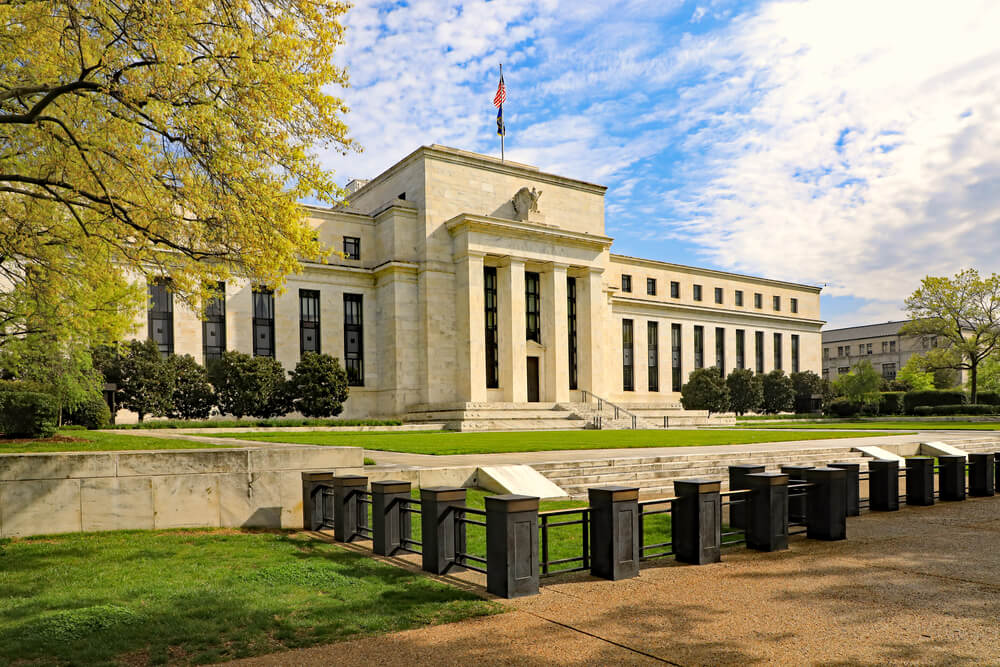Federal Reserve Chairman Jerome Powell said Monday that the central bank is closely monitoring a sharp rise in corporate debt but currently does not see the types of threats that triggered the 2008 financial crisis.
Powell: “The financial system today appears strong enough to handle potential business-sector losses, which was manifestly not the case a decade ago with subprime mortgages.”
In remarks to a banking conference in Fernandina Beach, Florida, Powell said views about riskier corporate debt — known as leveraged lending — range from “this is a rerun of the subprime mortgage crisis” to “nothing to worry about here.”
He said his view lies somewhere in the middle. The risks currently are “moderate,” Powell said.
His comments followed a Fed report earlier this month that showed riskier corporate debt had grown by 20% in 2018 to $1.1 trillion, prompting the attention of regulators.
Investors are attracted to the riskier corporate debt because it pays higher returns than the very low rates they can receive on safer debt. Much of this debt is grouped together and used to back securities known as collateralized loan obligations.
Powell said that much of this borrowing, because it is “financed opaquely, outside the banking” system has prompted concerns it could “pose a new threat to financial stability,” just as similar debt instruments that bundled sub-prime mortgages helped to trigger the 2008 crisis.
However, Powell said he believes regulators learned the lessons of the 2008 crisis, which brought the worst financial crisis in the United States since the 1930s and pushed the country into the deepest recession since the Great Depression.
“The financial system today appears strong enough to handle potential business-sector losses, which was manifestly not the case a decade ago with subprime mortgages,” Powell said.
Powell said one key difference between 2008 and now is that the increase in business borrowing is not being fueled by a dramatic asset price bubble like the housing bubble of the past decade.
Improvements in banking regulation, such as annual stress tests for the nation’s biggest banks, have allowed regulators to make sure banks are in a position to withstand even a serious economic downturn, he said.
Powell’s speech focused on bank regulation issues rather than the Fed’s interest rate policies. After raising its key policy rate four times last year, the Fed has left the rate unchanged this year and is projecting no rates hikes for all of 2019.
However, President Donald Trump, seeking to ensure a strong economy going into the 2020 presidential election, has been pressuring the Fed to start cutting rates. While some economists believe the central bank may begin reducing rates later this year, other analysts think the more likely outcome is no rate changes for the entire year.
During a question and answer period following his speech, Powell was asked about the recent slowdown in inflation, which has fallen further below the central bank’s 2% target for annual price increases.
He said that the central bank is grappling with the issue that inflation pressures today are different than 25 years ago. He cited a variety of factors, such as the rise in internet sales, which help hold down prices.
The Fed is keeping close tabs on these “inflation dynamics” in deciding how to set interest rate policies, he said.
On another issue, Powell said the central bank is also closely watching the trade dispute between the United States and China and is prepared to alter interest rate policies if necessary. But he noted that, at the moment, the outcome of the U.S.-China trade negotiations is not known.
© The Associated Press. All rights reserved.
